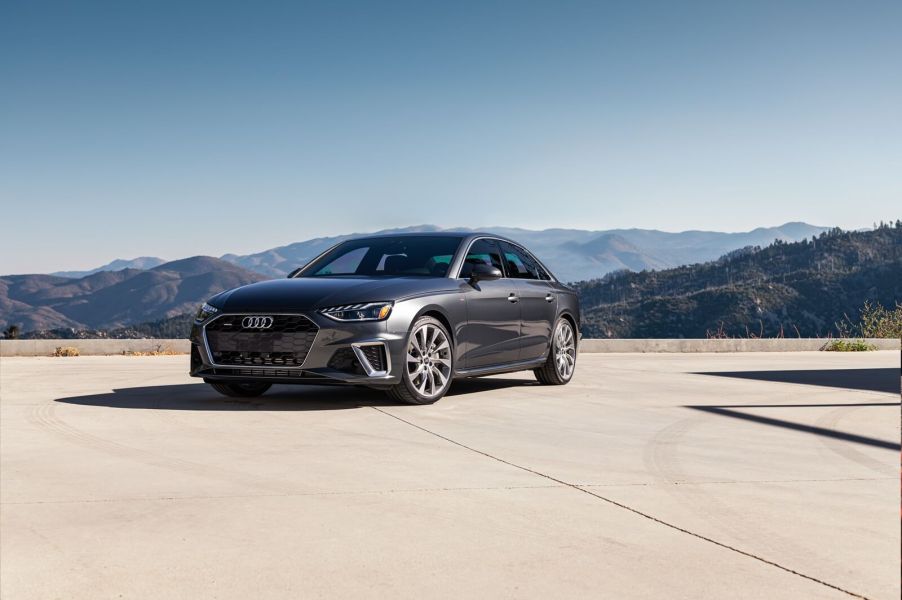
It’s Not Just You; Car Colors Really Are More Boring Now
It’s likely not something you think of often, but it might’ve crossed your mind once or twice. I’m referring to the sea of monochromatic snooze-fest car colors in today’s industry palette. From silver and black Audis to grayscale luxury SUVs, new and late-model vehicles seem to steer clear of bright reds, blues, and yellows. However, if you thought you were just being critical, think again.
Car colors are much, much less vibrant than 20 years ago
2004 was a long time ago. Then-President George W. Bush defeated John Kerry to secure his second term. The final Oldsmobile, an Alero, rolled off the line at the GM Lansing Car Assembly facility in Michigan. Oh, and there were a lot more cars in brilliant hues like red, blue, green, and gold.
It’s true. In 2003, grayscale vehicles (think gray, black, white, and silver) made up around 60.3% of the new cars. While that’s still the majority, it’s negligible compared to today’s industry palette. Tragically for fans of the eye-popping muscle car colors of yesteryear, grayscale colors made up about 80% of new vehicles in 2023. Here are the numbers between 2004 and 2023:
- Black and white car colors increased in volume by 8% and 12%, respectively
- Both silver and gray cars enjoyed a bump of around 10%, each
- Red cars dipped in production by around 4.6%
- Blue vehicles dropped 1.9% of its market share
- Yellow, green, gold, and, of course, purple, relinquished much of their industry presence
According to iSeeCars, bright, vibrant cars are on the same list as the Bald Eagle and the North Atlantic Right Whale. “Colorful cars appear to be an endangered species,” said iSeeCars Executive Analyst Karl Brauer.
“Despite a diverse palette being offered by automakers, there are far fewer non-grayscale cars sold today,” said Brauer. “They’ve lost half their market share over the past 20 years, and they could become even rarer in another 20 years.”
Still, there may be reasons beyond the apparent aesthetic appeal of subtle, elegant grayscale hues. Brauer suggests that the shift in car color preferences could correlate to dealers and consumers. “Whether driven by dealers ‘playing it safe’ by ordering only popular colors, or consumers wanting to ensure maximum interest when it’s time to sell or trade in their vehicle, grayscale colors play the dominant role in the car world.”
| Car color | 2023 market share (percent) |
|---|---|
| White | 27.6% |
| Black | 22.0% |
| Gray | 21.3% |
| Silver | 9.1% |
| Blue | 8.9% |
| Red | 7.3% |
| Green | 2.0% |
| Orange | 0.5% |



